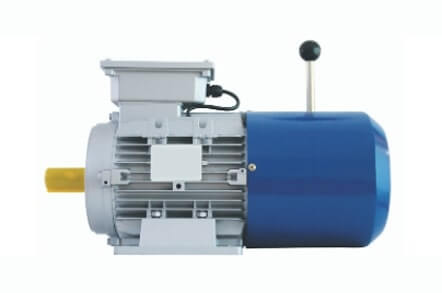Most of the appliances, equipment, and tools we use daily are powered by an AC motor. Anything that can be plugged in is likely to be the kind that is powered by an AC motor. This is why AC motors can be called the heart of many machines we use every day. It is the power source for various applications due to its flexibility, efficiency, and quiet operation.
AC Motor
An AC motor is a kind of electric motor that uses an electromagnetic induction phenomenon. An alternating current drives this electric motor. It is a type of electric current that periodically reverses direction and changes its magnitude continuously with time.
This current contrasts to direct current, or ‘DC,’ which flows only in one direction. An AC motor can offer a comparably efficient method of producing mechanical energy from a simple electrical input signal.

An AC motor commonly consists of two essential parts: a stator and a rotor. The stator stays outside, which is the stationary part of the motor. It has coils and is supplied with alternating current to produce a rotating magnetic field.
The rotor stays inside, which is the rotating part of the motor. It produces a second rotating magnetic field by being attached to the output shaft. Permanent magnets, reluctance saliency, or electrical winding may produce the rotor magnetic field.
How Does an AC Motor Work?
To understand how an AC motor exactly works, we need to know its essential characteristic. An AC motor is distinct from many other motor types, especially DC motors. But the fundamental reason for that is the fact that it runs explicitly on alternating current.
An Alternating current or charge is one whose flow direction around a circuit is reversed at regular intervals. It also means that the voltage on an AC circuit changes periodically, whereas a DC circuit remains relatively constant.
Now, the AC motor relies on a device called an alternator to produce this alternating charge direction. It is a specialized type of electrical generator. When electricity is passed through a spinning shaft, the rotor, an electromagnetic field, or EMF is usually created in that generator.
Meanwhile, the stator turns around itself or within a set of static wire coils. When the rotor turns in relation to the stator, the resulting EMF switches direction or polarity at set points relative to the stator.
It happens because it is created by a charged rotor turning on a fixed axis. As a result of switching polarity, the periodic reversal of the current direction in an AC motor happens at regular and predictable intervals. All of this can be compared with a piston or paddle, which moves water around a ducting system.
When the piston moves water in and out at a consistent speed, it pushes the water back and forth in turn through the conduit.
Conclusion
Although AC motor offers a simple design, like a magnetically driven – copper wound stator and a rotor mechanism. But AC motor is a low-cost and high-efficiency mechanism used in many applications. Wherever electric appliances are utilized, AC motor has applications from heavy industrial to household environments, no matter the types and categories it has.
Also Read



